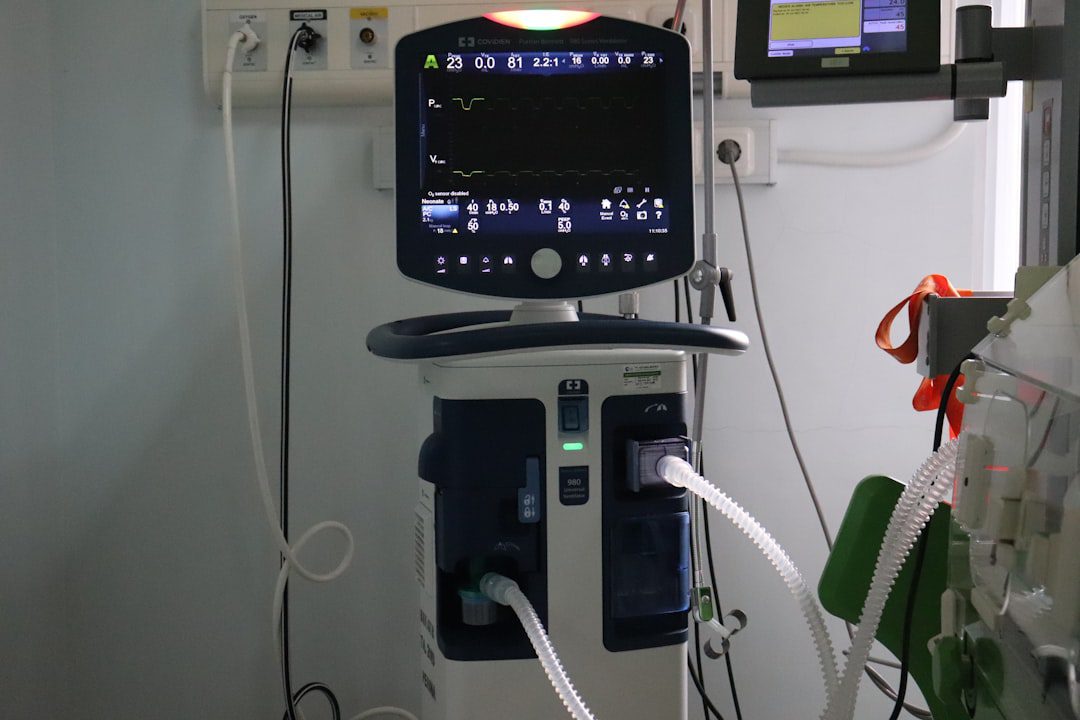
Breaking: FDA’s Early Alert System Flags Critical Infusion Pump Software Issue
The FDA has issued an early alert regarding a software defect in Baxter infusion pumps, marking another significant development in the agency’s enhanced medical device safety communication strategy. This alert represents part of the FDA’s Communications Pilot to Enhance the Medical Device Recall Program, demonstrating the agency’s commitment to faster, more proactive safety notifications.
Understanding the FDA’s Early Alert System
The early alert system represents a paradigm shift in how the FDA communicates device safety issues to healthcare providers and manufacturers. Unlike traditional recall notices that often come after extensive investigation, early alerts provide immediate notification of potential safety concerns while investigations are still ongoing.
Key characteristics of early alerts include:
- Rapid dissemination of safety information
- Proactive risk communication before formal recall classification
- Enhanced coordination between manufacturers and regulatory authorities
- Streamlined notification pathways to healthcare facilities
Why This Baxter Alert Matters for Medical Device Manufacturers
Software-related device failures continue to represent one of the fastest-growing categories of medical device safety issues. The Baxter infusion pump alert underscores critical compliance considerations that all manufacturers must address:
1. Software Validation Requirements
Under FDA’s Quality System Regulation (21 CFR Part 820) and ISO 13485, manufacturers must implement robust software validation processes. The Baxter incident highlights potential gaps in software testing protocols that could affect any manufacturer using embedded software systems.
2. Post-Market Surveillance Obligations
This early alert demonstrates the importance of comprehensive post-market surveillance systems. Manufacturers must maintain active monitoring capabilities to detect software anomalies in real-world clinical environments, not just controlled laboratory settings.
3. Risk Management Integration
ISO 14971 requires ongoing risk assessment throughout a device’s lifecycle. Software defects like those affecting Baxter’s infusion pumps often emerge from inadequate risk analysis of software-hardware interactions under various clinical scenarios.
Immediate Action Items for Manufacturers
Review Your Software Quality Assurance
Conduct an immediate audit of your software validation processes, focusing on:
- Verification and validation protocols for all software versions
- User interface testing under stress conditions
- Integration testing between software and hardware components
- Cybersecurity vulnerability assessments
Strengthen Post-Market Monitoring
Evaluate your current surveillance systems to ensure they can rapidly detect similar software anomalies:
- Implement automated error reporting mechanisms
- Establish direct communication channels with key clinical users
- Develop rapid response protocols for software-related safety signals
- Create cross-functional teams for immediate issue assessment
Prepare for Enhanced FDA Communication
The Communications Pilot program signals the FDA’s move toward faster, more transparent safety communications. Manufacturers should:
- Update internal recall and safety communication procedures
- Establish rapid response capabilities for early alert scenarios
- Review and strengthen relationships with FDA liaisons
- Prepare template communications for various safety scenarios
Long-term Compliance Strategy
This Baxter alert should prompt manufacturers to reassess their overall approach to software-enabled medical devices. Consider implementing:
Proactive Software Monitoring: Deploy continuous monitoring systems that can detect performance anomalies before they impact patient safety.
Enhanced Training Programs: Ensure your quality assurance and regulatory affairs teams understand the unique challenges of software validation in medical devices.
Supplier Management: If you rely on third-party software components, strengthen oversight and validation requirements for all external software elements.
Conclusion: Staying Ahead of Evolving FDA Expectations
The Baxter infusion pump early alert serves as a crucial reminder that the FDA’s approach to device safety communication is rapidly evolving. Manufacturers who proactively strengthen their software quality systems, enhance post-market surveillance capabilities, and prepare for faster regulatory communications will be best positioned to maintain compliance and protect patient safety.
The key takeaway is clear: in today’s regulatory environment, reactive approaches to software safety are no longer sufficient. Manufacturers must embrace proactive, comprehensive software quality management to meet evolving FDA expectations and protect their market position.


No comments yet. Be the first to comment!